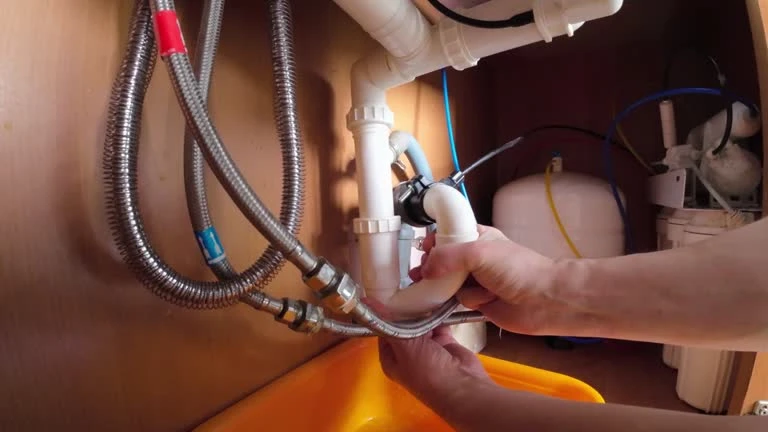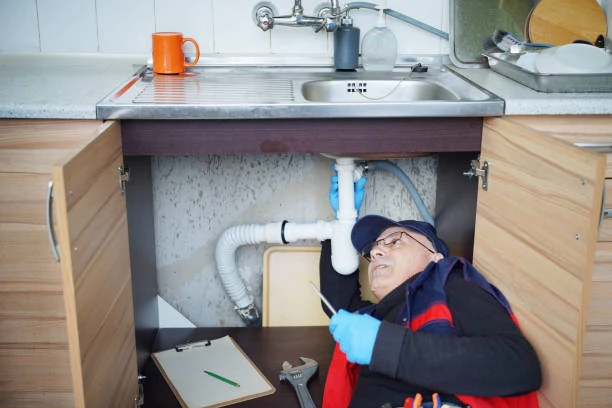Introduction to Ball Valves
Ball valves are essential components in various piping systems. They regulate the flow of liquids and gases with precision. However, like any mechanical component, ball valves can experience failures. Understanding the common failure modes is crucial for maintenance and operational efficiency. A 3-way ball valve PVC is often used in different applications due to its versatility. This article explores the common failures of ball valves and how to diagnose them effectively.
Common Types of Ball Valve Failures
Ball valves can fail for various reasons, including wear and tear, corrosion, and improper installation. Common failure modes include leakage, inability to open or close, and valve body damage. For instance, a 3-way ball valve PVC may develop leaks due to worn seals or O-rings. Additionally, corrosion can occur in valves exposed to harsh chemicals or extreme temperatures, compromising their integrity. Identifying these failure modes early can prevent costly repairs and system downtime.
Symptoms of Ball Valve Failures
Recognizing the symptoms of ball valve failures is essential for timely diagnosis. Common signs include unusual noises, leaks, and difficulty operating the valve. For example, a hissing sound may indicate a leak in the valve body or seals. If a 3-way ball valve PVC is difficult to turn, it may have debris lodged inside or worn internal components. Other symptoms include fluctuations in pressure or flow rates, which can signal underlying issues. Monitoring these symptoms allows operators to address problems before they escalate.
Diagnosing Leakage Issues
Leakage is one of the most common issues with ball valves. To diagnose leakage, first inspect the valve for visible signs of fluid escape. Check connections, seals, and the valve body for any cracks or damage. If the valve leaks when closed, the issue may be with the seat or seals. For a 3-way ball valve PVC, ensure that the seals are intact and properly seated. Applying pressure to the system can help identify the location of the leak. If necessary, tighten connections or replace worn seals to eliminate the leakage.
Evaluating Valve Operation
Another critical aspect of diagnosing ball valve failures is evaluating the valve’s operation. If a valve is difficult to operate, it may indicate internal damage or obstruction. Start by visually inspecting the valve for any debris or buildup around the actuator or stem. For a 3-way ball valve PVC, check that the handle moves freely and engages properly. If the valve does not open or close fully, it may need lubrication or adjustment. In some cases, internal components may require replacement. Regular maintenance can prevent these operational issues.
Assessing Corrosion and Material Degradation
Corrosion and material degradation can significantly impact the performance of ball valves. Inspect the valve for signs of rust, pitting, or discoloration. A 3-way ball valve PVC is resistant to many chemicals, but prolonged exposure to harsh substances can lead to degradation. If corrosion is present, it may weaken the valve structure and cause leaks. Consider the operating environment and the materials used in the valve’s construction. Regular inspections and choosing the right materials can help mitigate corrosion-related failures.
Importance of Regular Maintenance
Regular maintenance is essential for preventing ball valve failures. Establish a routine inspection schedule to identify potential issues early. During maintenance, check for leaks, evaluate valve operation, and assess the condition of seals and components. For a 3-way ball valve PVC, ensure that all moving parts are properly lubricated and functioning. Additionally, replace any worn or damaged seals promptly. By prioritizing maintenance, operators can extend the lifespan of ball valves and improve overall system reliability.
Conclusion: Ensuring Reliable Operation of Ball Valves
Diagnosing failures in ball valves is crucial for maintaining system efficiency and reliability. Understanding common failure modes and symptoms allows operators to take proactive measures. Regular inspections, prompt repairs, and appropriate maintenance contribute to the longevity of ball valves, including the 3-way ball valve PVC. By addressing issues early and ensuring proper operation, facilities can minimize downtime and reduce repair costs. Ultimately, effective diagnosis and maintenance are key to ensuring the reliable operation of ball valves in various applications.
IFAN Products international standards
IFAN products strictly adhere to a comprehensive range of international standards, encompassing ISO 15874, EN 15874, ASTM F2389, DIN 8077/8078, GB/T 18742, NBR 15884, ISO 15494, EN ISO 15494, GB/T 19472, NBR 15494, ASTM 2846 (501), DIN 8079/8080 (502), ASTM F441/F441M SCH80 (503), DIN (504), DIN (505), GB/T 18993, AS/NZS 1477, CSA B137.6, NSF/ANSI 14, TIS 17-2532/1131-2535, BS 3505, BS 4346 (801), ASTM D1785 SCH40 (802), ASTM D1785 SCH80 (803), DIN (804), GB (805), GB (806), GB(901), DWV(902), ASTM D2665 (903), along with ASTM D2241, D2665, D2729, and F441/F441M series, ISO 1452, EN ISO 1452, DIN 8061/8062, GB/T 10002, AS/NZS 1477, JIS K6741, CSA B137.3, and other national and industry norms.
Connect
IFAN is a Chinese manufacturer of plastic pipes, fittings and valves with 30 years of experience. If you are interest in IFAN copper fittings, copper valves, plastic pipes and fittings, please contact us. IFAN offers you a variety of standard pipes to meet your specific needs. Click below to learn more about IFAN’s wide range of affordable and cost-effective valve products and piping system related products.
We will reply your email or fax within 24 hours.
You can call us at any time if there is any question on our production.
For more information,pls visit our webside https://waterpipefitting.com/
Pls Mailto: [email protected]
Whatsapp: +86 15088288323














Recent Comments